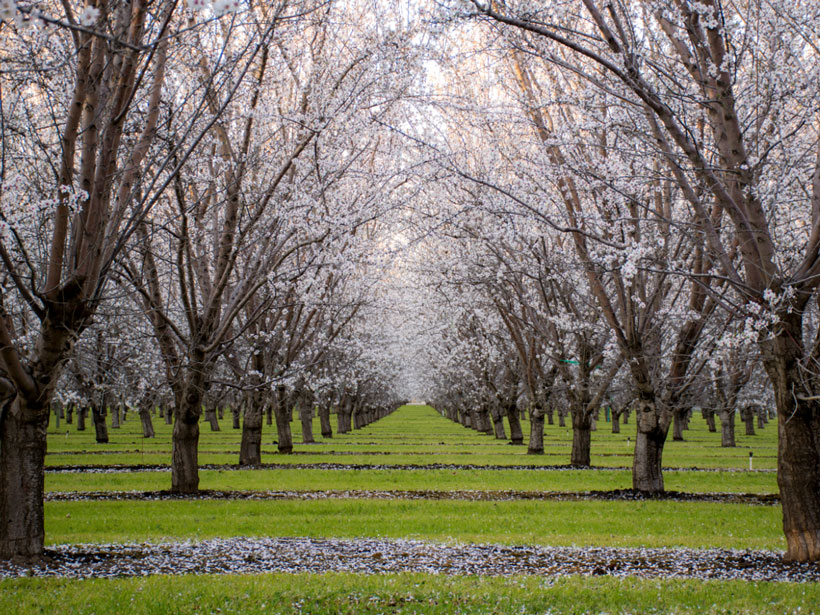Californians looking to beat the heat this summer might want to keep an eye on the eastern Pacific and Indian Oceans. A new study has found a link between tropical thunderstorm activity and heat waves in California’s Central Valley.
“As far as we know, we’re the first to have studied this link between the MJO and summer heat waves in California.”
The culprit is a large-scale atmospheric circulation pattern called the Madden-Julian Oscillation (MJO), which moves from west to east in a series of phases across the tropical Indian and Pacific Oceans, often dumping heavy rain in its wake. Previous studies have shown that the MJO can influence winter weather in North America, bringing fluctuating temperature spells to the Midwest and Northeast, but the new study, published in Advances in Atmospheric Sciences, is the first to study the MJO’s effects on North America during the summer months, says corresponding author Richard Grotjahn of the University of California, Davis.
“As far as we know, we’re the first to have studied this link between the MJO and summer heat waves in California,” he says. To make the connection, Grotjahn and lead author Yun-Young Lee at the Asia-Pacific Economic Cooperation Climate Center in Busan, South Korea, analyzed heat wave data compiled between June and September from 1979 to 2010 in California’s Central Valley, where half of the nation’s fruit tree and nut crops are grown.
The data were collected by 15 National Climatic Data Center stations located throughout the valley, which stretches more than 720 kilometers from north of Los Angeles up to Redding. The team identified 24 of the most extreme heat waves during this time period and then overlaid the data with the MJO calendar to determine whether there was any relationship between the two patterns. They found that between 4 and 14 days before each extreme heat wave, MJO activity in the tropics was enhanced. The relationship seems to be stronger for MJO activity in the eastern Pacific than in the Indian Ocean.
This time delay is consistent with previously published studies looking at the impact of the MJO on winter weather in North America, says Carl Schreck, a climate scientist at the North Carolina Institute for Climate Studies at North Carolina State University in Raleigh who was not involved in the new study. “It takes a week or two for the energy produced by the MJO to travel from the Indian Ocean or the Pacific via the jet stream to North America.”
The study should help improve weather forecasts in California, Schreck says. “We can forecast the MJO about 2–3 weeks ahead of time, which gives you a 3- to 5-week lead time on predicting heat waves in California.”
Energy traders already track the MJO in winter to make forecasts about natural gas demands for heating in the United States, Schreck says.
“California heat waves have caused fatalities and economic losses in the billions,” Grotjahn says, as well as stressing agricultural operations and the power grid. “If you look at statistics compiled by the National Oceanic and Atmospheric Administration, heat waves cause more fatalities on average each year than any other type of weather.”
—Mary Caperton Morton (@theblondecoyote), Science Writer
Citation:
Morton, M. C. (2019), California heat waves triggered by Pacific thunderstorms, Eos, 100, https://doi.org/10.1029/2019EO122235. Published on 29 April 2019.
Text © 2019. The authors. CC BY-NC-ND 3.0
Except where otherwise noted, images are subject to copyright. Any reuse without express permission from the copyright owner is prohibited.

